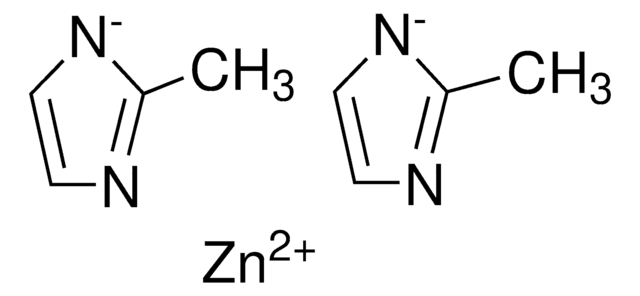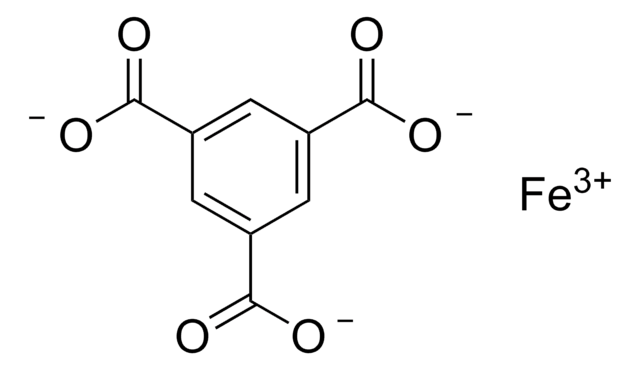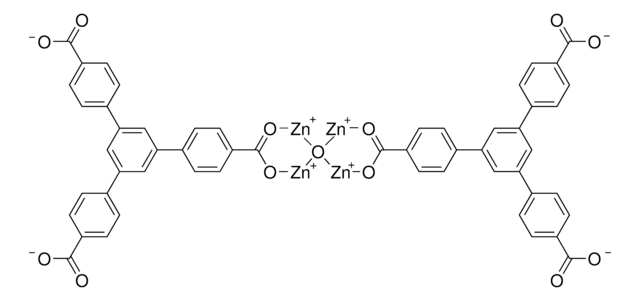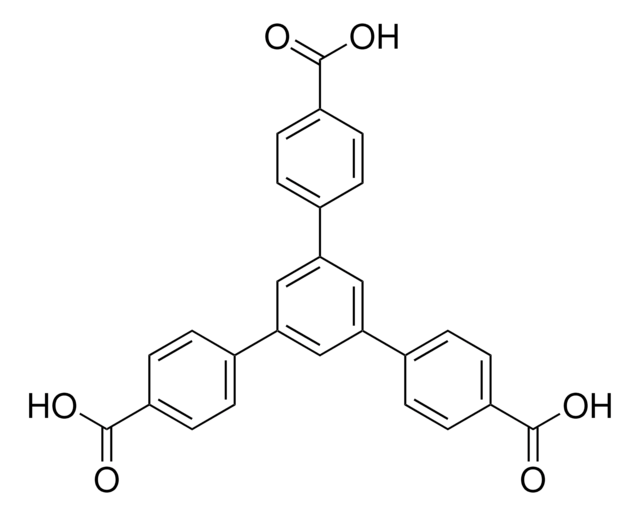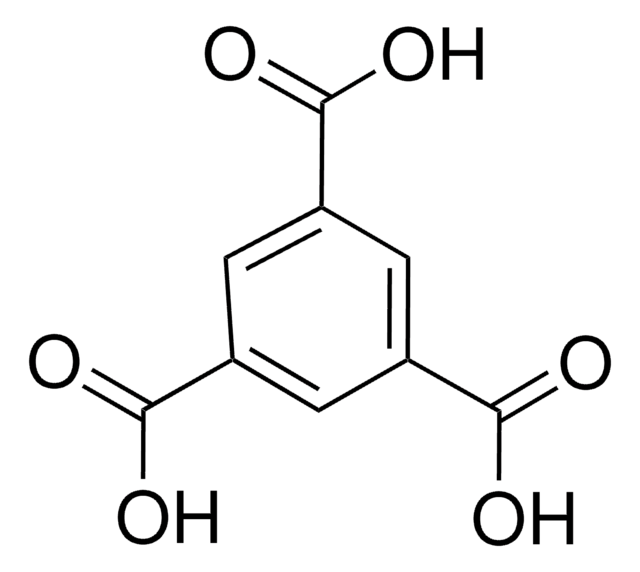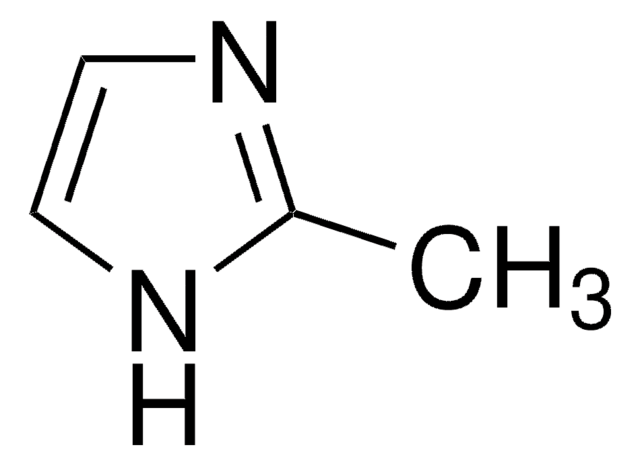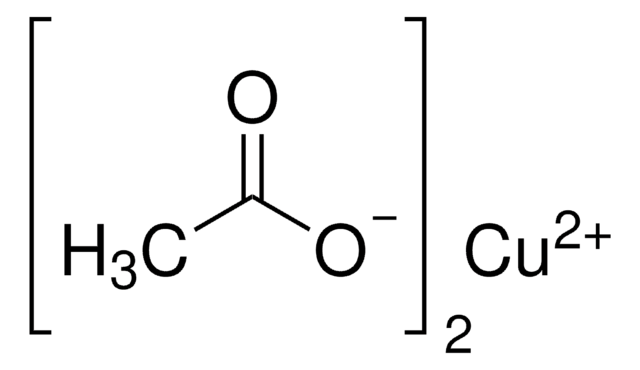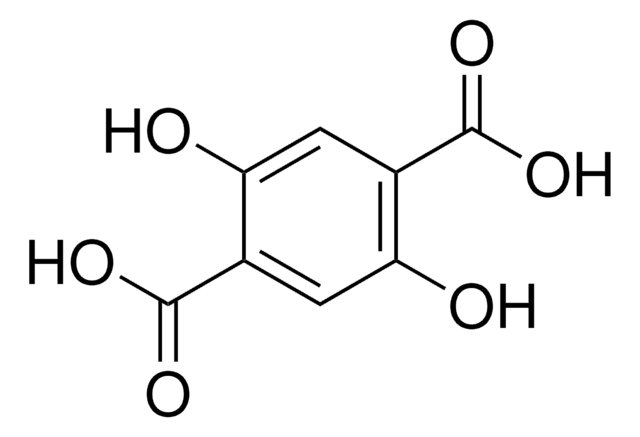688614
Basolite® C 300
produced by BASF
Synonym(s):
Copper benzene-1,3,5-tricarboxylate, Cu-BTC MOF, HKUST-1
About This Item
Recommended Products
grade
produced by BASF
Quality Level
form
solid
reaction suitability
reagent type: catalyst
core: copper
greener alternative product characteristics
Design for Energy Efficiency
Learn more about the Principles of Green Chemistry.
sustainability
Greener Alternative Product
surface area
1500-2100 m2/g
particle size distribution
15.96 μm (D50)
bulk density
0.35 g/cm3
greener alternative category
, Enabling
SMILES string
O=C(O[Cu]OC(=O)c1cc2cc(c1)C(=O)O[Cu]OC2=O)c3cc4cc(c3)C(=O)O[Cu]OC4=O
InChI
1S/2C9H6O6.3Cu/c2*10-7(11)4-1-5(8(12)13)3-6(2-4)9(14)15;;;/h2*1-3H,(H,10,11)(H,12,13)(H,14,15);;;/q;;3*+2/p-6
InChI key
NOSIKKRVQUQXEJ-UHFFFAOYSA-H
General description
Application
Other Notes
Legal Information
Signal Word
Danger
Hazard Statements
Precautionary Statements
Hazard Classifications
Acute Tox. 3 Oral - Aquatic Acute 1 - Aquatic Chronic 2 - Eye Irrit. 2 - Skin Irrit. 2
Storage Class Code
6.1C - Combustible acute toxic Cat.3 / toxic compounds or compounds which causing chronic effects
WGK
WGK 3
Flash Point(F)
Not applicable
Flash Point(C)
Not applicable
Personal Protective Equipment
Choose from one of the most recent versions:
Already Own This Product?
Find documentation for the products that you have recently purchased in the Document Library.
Customers Also Viewed
Articles
Metal-organic frameworks (MOFs) are porous, crystalline materials. MOFs are composed of metal ions or clusters bound by multidirectional organic ligands, which act as linkers in the network structure.
Metal-organic frameworks, a subset of coordination polymers, represent a powerful new tool for a plethora of alternative energy applications. MOFs are readily available using simple synthetic strategies that supply tailored, high surface area materials.
Our team of scientists has experience in all areas of research including Life Science, Material Science, Chemical Synthesis, Chromatography, Analytical and many others.
Contact Technical Service